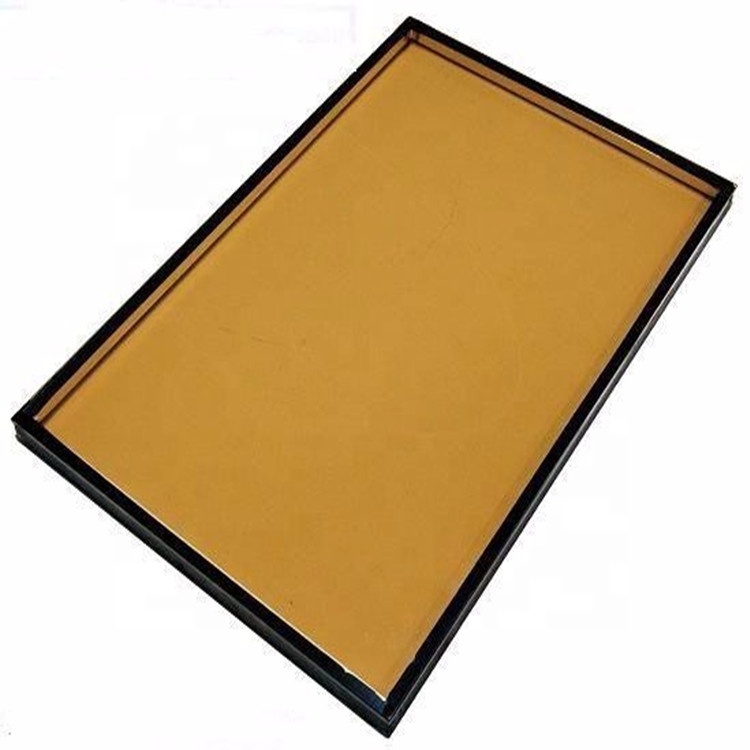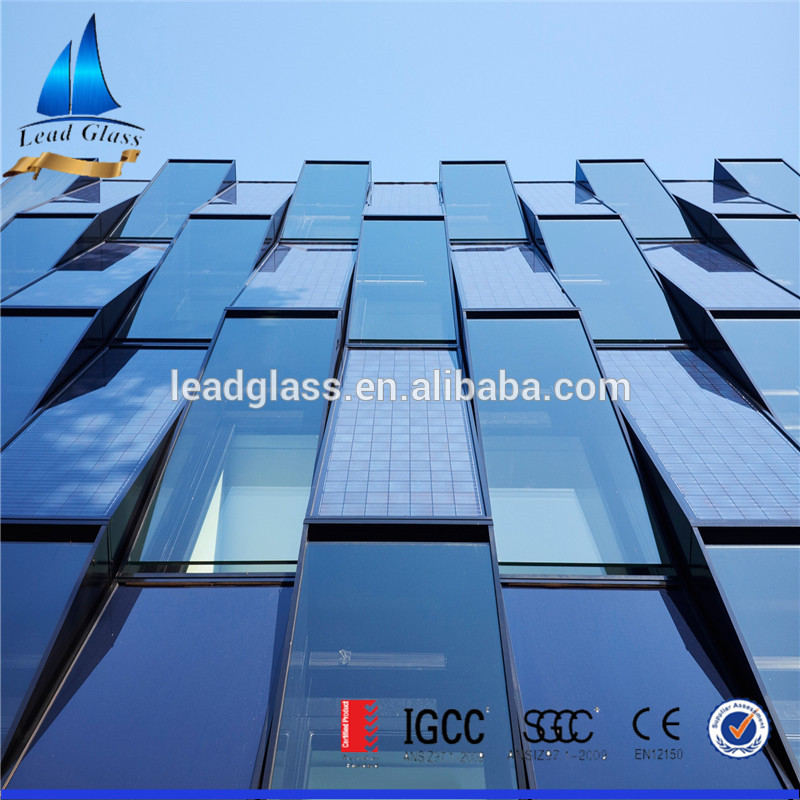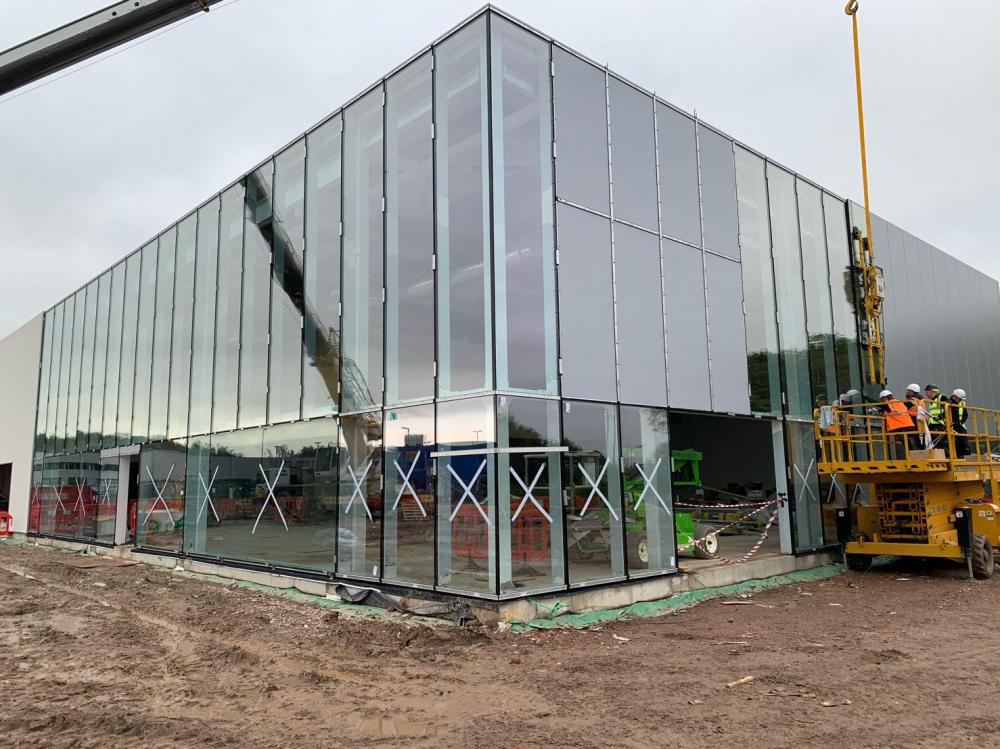Drying method for high quality forage
The drying methods of high quality forage can be divided into artificial drying and natural drying. The following principles should be mastered when dry pasture: master the weather and minimize the rain. Avoid prolonged exposure to sunlight and reduce the loss of vitamin A, vitamin C and leaves. When drying hay on sunny days, the water content of the grass is reduced to 45%~55%. Generally, it takes only 5~8 hours. Therefore, it should be turned over so that the water in all parts of the plant can be evenly distributed, avoiding more mechanical loss of leaves and twigs caused by turning. Care should be taken to avoid breaking the young part of the plant by weeding, collecting grass, baling, racking and stacking.
First, the normal temperature ventilation and drying method
The high-quality forage grass is naturally dried in the field after being cut, and when the moisture is reduced to 35% to 50%, it is transported to a grass shed with a ventilation duct, and is dried by a blower or the like. This method is suitable for harvesting grasses where the relative humidity is below 75% and the temperature is above 15 °C.
Second, the grass frame drying method
More use in rainy areas. The forage is cast into small bundles or transported directly to the straw frame for drying. The grass frame is constructed of wooden poles, bamboo poles or metal pipes to form a single-sided trapezoidal or layered scaffolding. The roots of the grass on the shelf are upwards, and they are formed into a conical or ridge shape with a thickness of no more than 70-80 cm. The farmer's picture is simple, and the use of large trunks, walls, etc. to make hay has similar effects.
Third, the ground drying method
It is a good method for use in arid areas and must be carried out on sunny days. The weather conditions have a great influence on the quality of pasture modulation. Castrated pastures are laid flat on the ground, and can be turned over when the surface is withered; when the moisture content drops to 40%~50%, the grass can be piled up; when it reaches about 30%, the leaves are not easy to fall off and transported to the grassland. Or the grass shed is piled up, the grass is piled up properly, and the water can continue to be emitted. When the water is reduced to about 14%, it can be stored in the upper jaw.
Fourth, fermentation drying method
This method can be used when it is rainy and there is no grass frame for normal drying. The method is to laminate the castered wilted grass, and when it is conditioned, layer the salt of 0.5%~1% of the weight of the grass, and pile up the grass pile of 3~5 meters high, after 30~60 days of fermentation. Open the haystack on a sunny day to evaporate the water. The hay prepared by this method is brown and has a nutrient loss of more than 50%. It is a method that must be adopted under bad weather conditions.
Five, high temperature fast drying method
The chopped forage is fed into the dryer and the grass is quickly dried using high temperature air. The drying time depends on the type of dryer, ranging from a few hours to a few seconds. The method has the advantages that the grass powder production and the granulation production can be integrated at the same time, and the utilization rate and commercial property of the forage are improved. However, equipment investment is large, and there are not many domestic methods.
6. Fracturing forage stem stalk drying method
Foreign countries use mechanical methods to fracturing pasture and speed up the drying speed of pasture. In rural China, the combination of alfalfa and wheat straw is combined and squashed, which not only accelerates the drying speed of pasture, but also improves the feeding value of straw. The method is as follows: the wheat straw is spread on the drying field, the thickness is about 10 cm, and the fresh glutinous rice with a thickness of 10 cm is placed in the middle, and a layer of wheat straw is added on the top, and then crushed, and when most of the juice of the valerian is absorbed by the wheat straw, it is dried again. Stack it.
Reflective Insulated Glass is coating and energy efficient product which is used in tropic area and large scale glass building. Often be used in exterior building, such as windows, curtain wall, facade, the feature of reflective insulated glass is high reflection.
Insulated Glass can be double insulated glass, triple insulated glass, laminated insulated glass, Low-E Insulated Glass, Vacuum Insulated Glass, insulated glass with internal blinds, Colored Insulated Glass and so on for windows, doors, exterior curtain walls, thickness, color, size can be on customer's request.
Reflective insulated glass is made of 1 pc of reflective glass panel and other glass panel on customer's request, reflective glass color mainly silver clear, brown, grey, green, blue, golden, the single reflective glass thickness normal from 4mm-12mm.




Triple Glazing Insulated Glass, Insulated Frosted Glass, Reflective Insulated Glazing, Reflective Insulated Glass
Shanghai Lead Glass Co.,Ltd , https://www.leadglaze.com